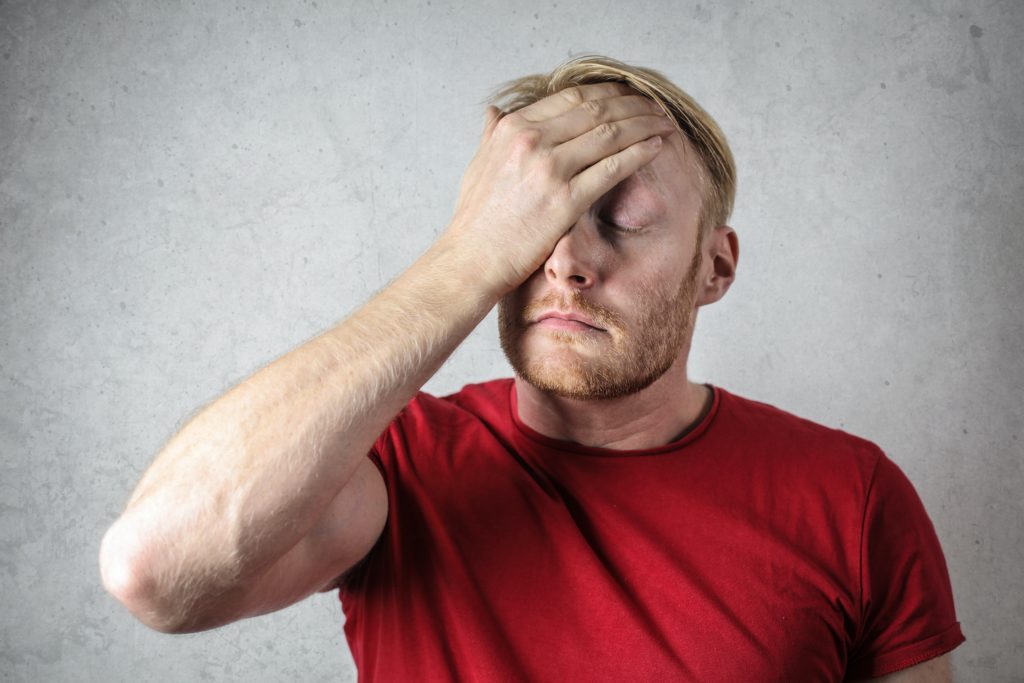Haemorrhoids
In this article, we explain one of the most common proctological diseases. Proctology deals with diseases of the rectum, the anal canal and the rectum.
What are haemorrhoids?
Haemorrhoids are a network of blood vessels located under the mucous membrane between the rectum and the anal canal. They help to seal the bowel securely to the outside by ensuring fine continence (sealing off air and fluid in the rectum). The blood vessels can cause discomfort for various reasons. They can become inflamed, bleed, swell, tear, burst or protrude outwards (prolapse). If this is the case, we speak of haemorrhoidal disease.

What are the causes of haemorrhoids?
The most important trigger is, above all, strong straining with increased pressure in the abdominal cavity (high intra-abdominal pressure) and straining during bowel movements. Intestinal complaints such as diarrhoea or constipation have a negative effect on the normal closing behaviour of the rectum. Frequent voiding can affect the haemorrhoidal plexuses. Consequently, other increases in pressure in the abdominal cavity, such as persistent coughing, obesity and heavy exertion, can also lead to the development of haemorrhoidal disease. Sporting activities such as weight lifting or abdominal muscle training can lead to increased intra-abdominal pressure. Pregnancy can also trigger haemorrhoidal complaints due to the increased pressure in the abdomen in combination with the loosening of the tissue in the pelvic floor. Accompanying pelvic floor training is therefore recommended.
Did you know?
Connective tissue loses firmness with age. This is why haemorrhoid problems become more frequent with increasing age. A low-fibre diet, lack of exercise and not drinking enough promotes the development of haemorrhoids. There are also genetic predispositions to haemorrhoidal complaints. A predisposition to this condition can therefore already be familial in some people.
What are the symptoms of haemorrhoids?
Depending on their severity, haemorrhoids can cause annoying oozing, itching, burning or bleeding after a bowel movement. In advanced stages, there is a foreign body sensation due to prolapse and fine continence disorders can manifest themselves. In most cases, the patient's symptoms have already been present for some time during the proctological examination. It is therefore important to intervene in the disease as quickly as possible
What stages of haemorrhoidal disease are there?
Stage 1:
Internal haemorrhoids, which are not externally visible even when pushing, can be noticeable through annoying oozing, itching, burning or painless discharge of blood after a bowel movement.
Stage 2:
If an external prolapse of the haemorrhoids only occurs when pushing and is spontaneously reversible at rest, it is referred to as stage 2.
Stage 3:
A permanent prolapse of the haemorrhoid from the anal canal, which can still be corrected by finger pressure. Accompanying symptoms such as a foreign body sensation and also frequent discharge of blood, oozing and inflammation as well as an anal fine continence disorder are typical.
Stage 4:
Haemorrhoidal prolapse can no longer be reduced manually.
How are haemorrhoids diagnosed?
The symptoms already indicate the disease. The doctor can make a reliable diagnosis by means of a physical examination and a colonoscopy. Severe haemorrhoids can be seen with the naked eye. Accompanying changes and other diseases such as tumours, polyps, an enlarged prostate or abscesses are ruled out by means of extended examinations.
What can you do?
Prevention is always better than cure. A healthy, high-fibre diet and sufficient drinking help to regulate digestion and are the most efficient way to avoid hard stools (constipation) and therefore unnecessary straining during bowel movements. Only go to the toilet when you really have to. Avoid straining and ensure you have regular bowel movements. Sufficient physical exercise and regular meals will help. If you still develop haemorrhoidal symptoms, don't despair. To treat mild haemorrhoidal complaints, lukewarm sitz baths with the addition of camomile or oak bark and rest will help. Relaxation measures reduce the increased tension in the sphincter muscle (sphincter tone) as stress also plays a major role in the development of haemorrhoids. Mild symptoms such as oozing and itching can be treated with anti-inflammatory suppositories and ointments from the pharmacy. These measures alleviate the symptoms in the short term. Ask your doctor or pharmacist about this.
What to do if the haemorrhoids get worse?
Even then, the doctor has various treatment methods available to treat enlarged haemorrhoids. The doctors treating you will then decide which is most suitable for you individually. The following invasive therapy measures are available:
- Sclerotherapy (sclerotherapy)
- Rubber band ligation
- Haemorrhoidal artery ligation with rectoanal reconstruction
- Haemorrhoidopexy according to Longo
- Removal of haemorrhoids (haemorrhoidectomy)
CANNEFF SUP
CANNEFF SUP offers faster healing and regeneration of the tissue in the rectal area.

